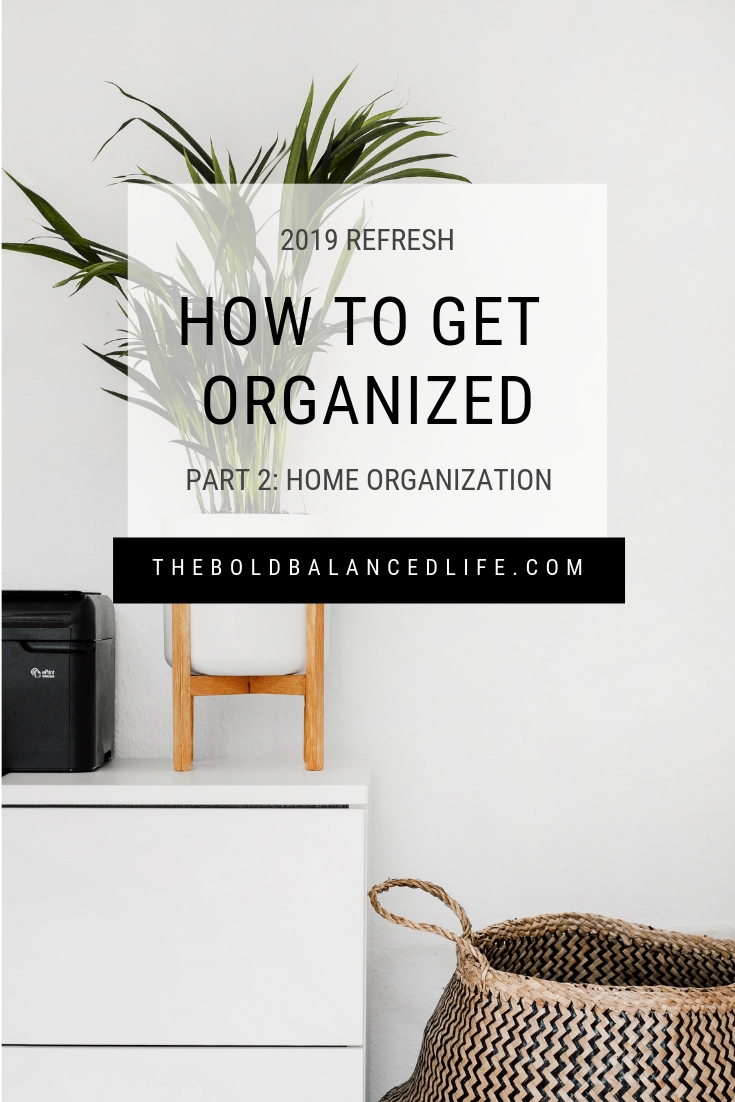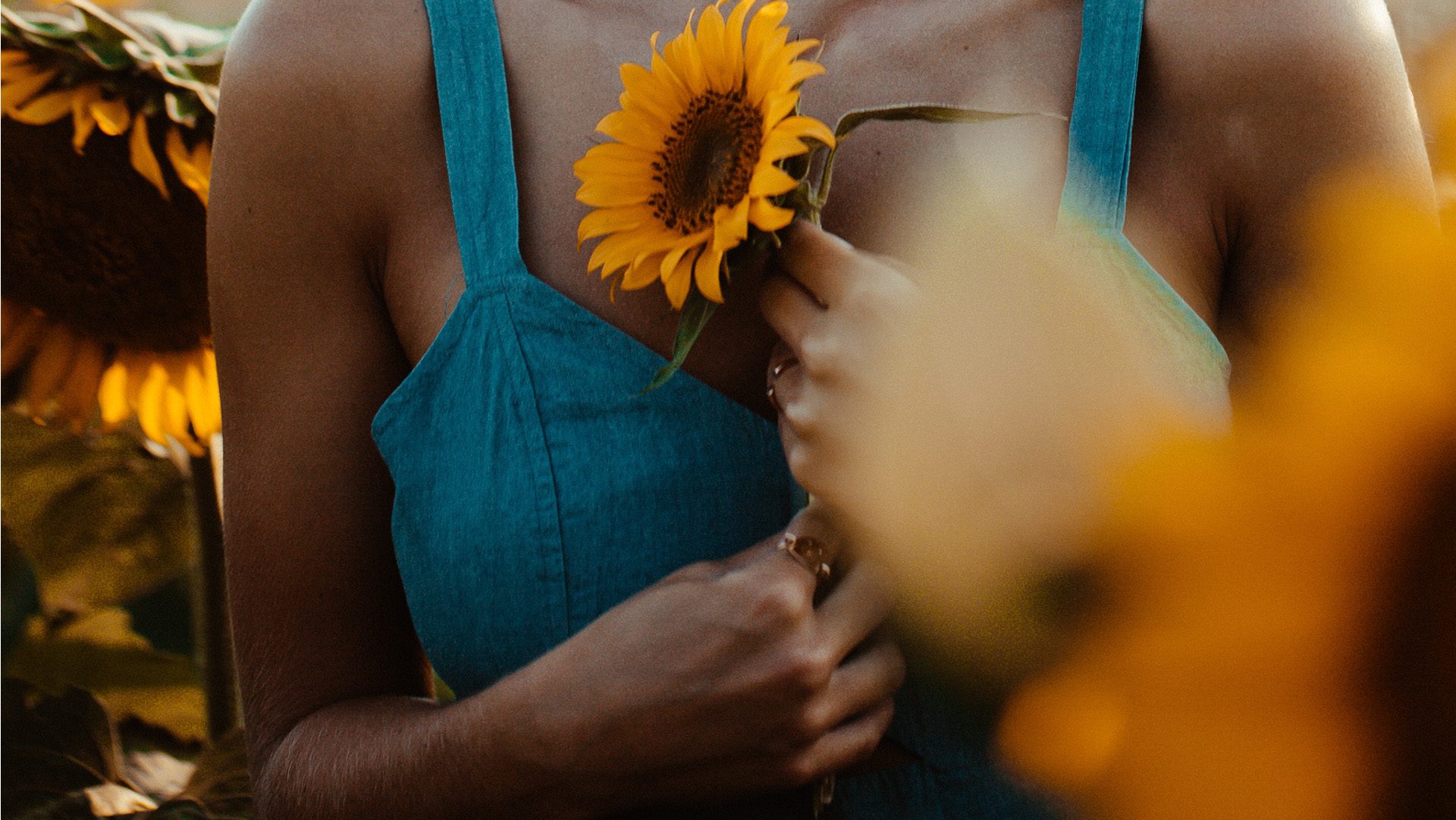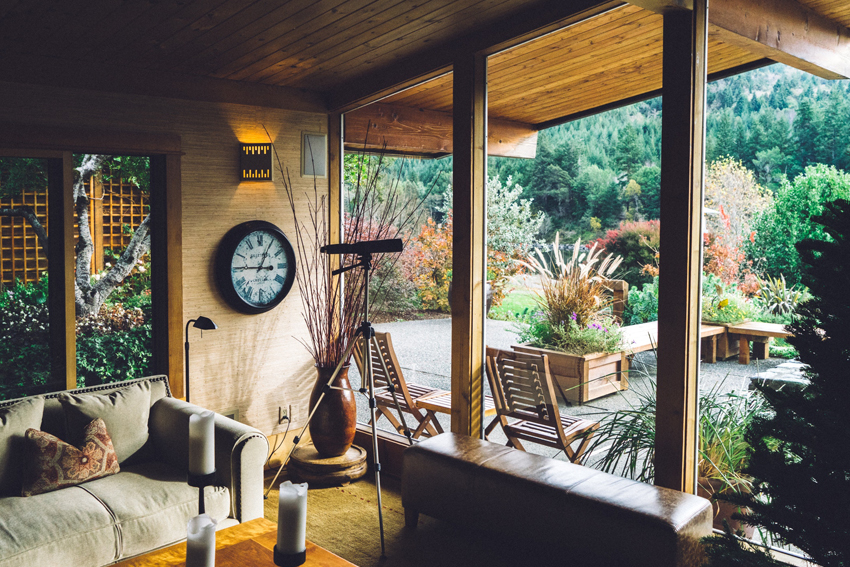“Have nothing in your house that you do not know to be useful, or believe to be beautiful.” —William Morris
There’s hardly anything more relaxing than coming home to a clean, tidy space. Not only is home organization about relaxation and being able to focus, but it also gives us more time for the things that matter most to us. And that’s why I spent the better part of the year trying to figure out which things I actually use and how to store them so that I don’t have to spend hours tidying and cleaning. Here’s how to get your home organized for good:
Start small.
While I love The Japanese Art of Decluttering and Organizing (a.k.a. the KonMari Method), it’s often impossible to organize your home all at once unless you take some time off. And many people get overwhelmed or don’t know where to start. So get yourself five bags or baskets and assign one to each of the following:
- trash
- things you want to keep
- things to sell/donate
- stuff that belongs somewhere else in the house
- the things you’re not sure about (box these items up and put a date on it—6 or 12 months from now; if you haven’t opened it by that date, donate it without opening it).
Next, set a 15-minute timer (or whatever time you think you can handle or have available) and pick a drawer or shelf and start by emptying it. As you hold each item, ask yourself:
- Do I need this?
- Does it bring me joy? (see the Japanese Art of Decluttering and Organizing above)
- Why do I have this?
- When was the last time I used this? If it has been more than a year, chances are you won’t use it again.
Then repeat the process the next day, one small area at a time.
Figure out your organizing style.
Probably my greatest organizing revelation came from watching Cassandra Aarssen’s ClutterBug YouTube channel. “You’re not messy, you just organize differently.” Cas has developed a quiz and a free ebook to help you figure out which organizing systems work best for your style. I highly recommend taking the quiz before buying any storage solutions.
First, think about whether you prefer “visual abundance” (i.e. you like to see your belongings because you worry “out of sight, out of mind”) or “visual simplicity” (i.e. a minimalist aesthetic where only your favorite or most used things are on display). Then be honest with yourself and decide whether you can keep up with a detailed organizing system (i.e. sorting items by categories and sub-categories hidden behind closet doors) or if you need a simpler system where you can quickly toss your things into labeled bins and baskets or hang them from hooks.
Also, consider that your partner, roommate or kids might have a different organizing style than you. While I fare well with detailed systems, they drive my partner nuts. Not to mention we have a toddler who needs the simplest of systems (i.e. see-through bins with picture labels). If you live with someone whose style doesn’t match yours, it’s best to keep simple storage systems in your home’s shared spaces.
Letting go.
At some point, as we go through our items, many of us face some uncomfortable emotions. Guilt, regret, fear. The items bringing up the strongest feelings usually fall into the following categories:
- Expensive things. What helped me the most was to acknowledge that I already lost the money, or gained value (even if it was just momentary happiness) when I got that item. Life’s too short to keep reminders of our purchasing mistakes.
- Things we keep for a different version of ourselves. These are usually clothes, sports or kitchen equipment. Things we keep for our slimmer, more athletic and skilled past/future selves. All the things that make us feel inadequate because we haven’t used them. Remember that you live in the now, and that’s where you need to find happiness.
- Gifts. We often feel guilty getting rid of gifts because someone has put their time/money into finding something they hoped we’d appreciate. Remember, the gift giver felt joy when they saw your gratitude. It’s unlikely they’ll come over and check if you still have their gift (more likely they’ve already forgotten what they’ve given you).
- Sentimental items. These items should be organized last because they are the hardest to let go. Things you inherited from a loved one or something your kid made for you. What has helped me was to take pictures of those items and store them in a digital “memory box.” I assigned each family member a “memories” folder, which is backed up in multiple places. Alternatively, you can display the pictures in a scrapbook or picture frame.
Need more guidance? Sign up for the Learn to Organize Like A Pro Workshop here.
Further reading
-
- If you haven’t done so already, check out 2019 Refresh: How to Get Organized (Part 1: First Steps) for more inspiration and a free goal + task planner worksheet.
- Part 3 teaches you how to stay organized for good.
- How to Get Rid of Paper Clutter Once and For All
- Real-Life Organizing by Cassandra Aarssen
Image: Joshua Ness







